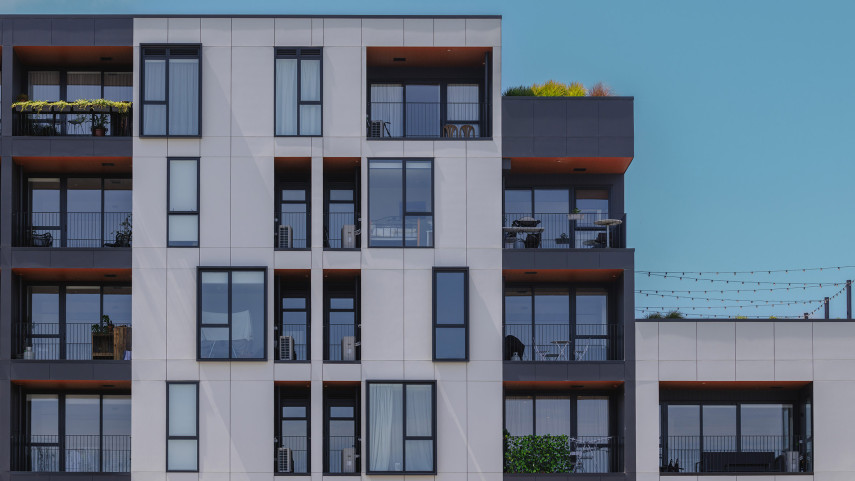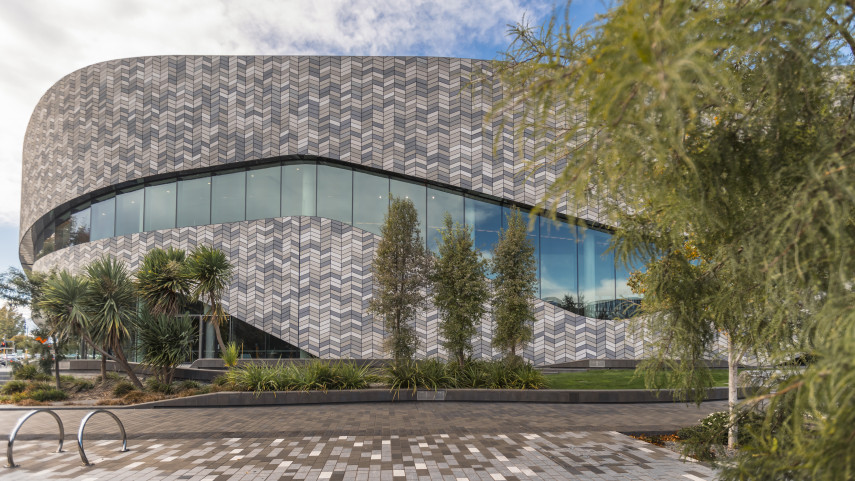Christchurch provides a range of bus and ferry services for those living in or visiting the city.

Christchurch bus and ferry services and routes are managed and provided by Environment Canterbury (ECan)(external link), operating under the branding Metro(external link).
If you're new to catching the bus or ferry check out Getting Started with Metro(external link) or see the information below.
Having a Metrocard is the faster, cheaper, smarter way to go:
- Get a Metrocard(external link)
- Benefits of a Metrocard(external link)
- How to use your Metrocard (external link)
- Standard, student, senior and concession fares(external link)
- What to do if you've lost your Metrocard(external link)
- Frequently asked questions about Metrocards(external link)
The Metro network provides transport from most suburbs to the city, all shopping centres and a range of attractions around Christchurch.
- Bus maps and timetables(external link)
- Ferry timetables(external link)
- Plan your bus trip(external link)
- Next bus(external link)
- Network map(external link)
Finding the best bus services for you
- Fares(external link)
- Real-time bus information(external link)
- (external link)Bikes on buses(external link)
- Accessible travel(external link)
- Detours and updates(external link)
- Bus Interchange(external link)
- Frequently asked travel questions(external link)
- Travel safe(external link)
Taking your bike on the bus
Council owns and maintains most bus shelters in Christchurch. All of the Council's bus shelters are smokefree and vapefree.
General
To report or request the following, please call 03 941 8999, or email info@ccc.govt.nz:
- New bus shelter or seat installation.
- Cleaning of bus shelters and seats or maintenance.
- Missing bus stop signs and poles.
Advertising shelters
Advertising bus shelters are owned and maintained by Ooh! Media. Please phone them on 0800 237 435 for maintenance issues, such as graffiti or broken glass.
Graffiti
For graffiti removal from all council-owned bus shelters and seats outside of normal cleaning, report it online(external link) or call 03 941 8999 and ask for the Graffiti Office.
You can also use Snap Send Solve(external link) to report graffiti and breakages at Council shelters.
Bus lanes are put in to reduce congestion, increase public transport reliability and make it a convenient, attractive travel option.
Many bus lanes only operate during peak travel times but in some locations they operate 24 hours.
All bus lanes have signage with their hours of operation and during those hours only buses, bikes, emergency service vehicles, motorcycles, motor scooters and mopeds are permitted in the bus lane.
To ensure that the bus lanes operate efficiently, Council actively enforces the lanes. You can get a ticket for $150 for travelling in a bus lane so please make sure you follow the rules.
Way safer streets – bus stop review for Linwood and Woolston
We've received Government funding for a range of projects that make it safer and easier to walk, cycle and bus.
Our work to enhance bus services includes upgrading and installing bus shelters, optimising bus stop locations and making a range of pedestrian improvements around bus stops. These proposed changes will help to make it easier, more comfortable, more accessible, and more reliable to take the bus.
Linwood and Woolston are being looked at for these upgrades first, as we’re focusing on areas that are currently lacking in real travel choices.
Way more reliable and accessible
By improving the reliability of bus services, improving access to bus stops, and making it more comfortable for people to wait for buses, we expect more people will choose to use the bus. This will have many benefits, such as reducing traffic and emissions.
As part of a review of bus stop locations in Linwood and Woolston, we’ve looked at the number of bus stops and the distance between them. Ideally, we want them close enough for everyone in the street and nearby streets to walk to, but not so close that they affect journey times.
To guide our review and help us make decisions, we used Waka Kotahi New Zealand Transport Agency review guidelines.(external link)
Our review also considered:
- The location of the bus stops in relation to popular destinations such as schools and shopping centres.
- Transfer points for passengers switching buses.
- How people move between buses.
- The availability of safe pedestrian crossings near bus stops.
Our review has identified that some bus stops should be moved, while others – that are essential – need to stay where they are. Some bus stops may be removed as they’re not at a required location.

We want to make it more comfortable to wait for buses, especially on wet and windy days.
Way more comfortable
We’re proposing to install bus shelters at some of the bus stops.
When we make decisions about which bus stops need shelters, we consider the bus route, how many people use the service, and its role in getting people to popular destinations such as shopping malls, supermarkets or the central city.
We’ll be installing two types of bus shelters:
- A compact shelter designed to fit into smaller spaces with a depth of 0.5 metres.
- A full-sized shelter with a depth of 1 to 1.5 metres.

Way easier
We’re making changes to bus stop line markings to make it safer and easier for buses to pull into and out of the bus stops, and to prevent cars parking too close to the bus stop. These changes will enable buses to stop closer to the kerb or bus platform, which will improve accessibility for people as they get on and off the bus.
Way easier pedestrian access
To make it easier for people to take the bus, we’re proposing a range of pedestrian improvements around bus stops.
Pedestrian improvements may include kerb extensions, refuge islands, hold rails and tactile pavers for people with visual impairments.
These upgrades are designed to make walking to and from the bus stops safer and more accessible for public transport users.
Process and timeline
In locations where we’re proposing changes to bus stop locations or shelters, we’ll be visiting surrounding properties to let residents know about what is planned.
The public transport Linwood and Woolston report will go to the Council in two stages, the first being a Council decision meeting on Wednesday 1 November 2023. You will be able to read feedback and the staff recommendations once an agenda is available.
Related news

Christchurch withdraws from further housing intensification
Christchurch’s bid to opt out of further housing intensification has been accepted.
10 Nov 2025
World’s largest climate adaptation event coming to Christchurch
Ōtautahi Christchurch is set to welcome more than 1,200 global leaders, scientists, policymakers, and innovators who will gather next week to discuss how the world can adapt to climate change’s biggest challenges.
7 Oct 2025
Preparing for life in 2050
The risks and hazards posed by climate change will be discussed in the next instalment of the Christchurch Conversations series.
12 Sep 2025